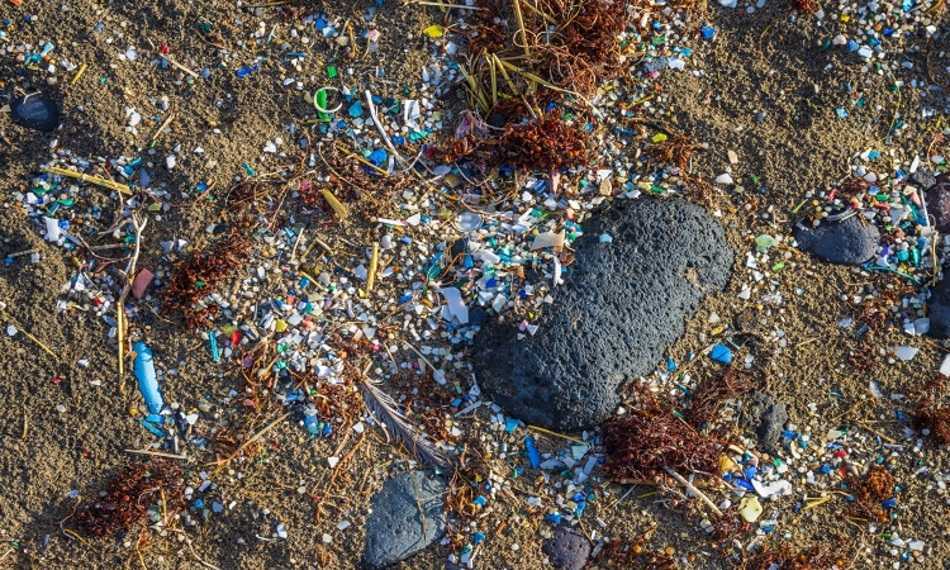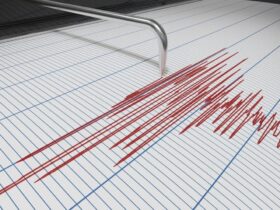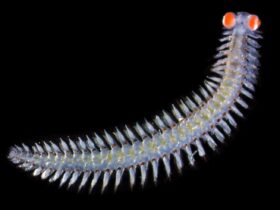Researchers have found microplastic fibers up to 8,440 meters above sea level, just below the summit of Mount Everest.
A team of researchers analyzed snow and stream samples from Mount Everest. In this way they have unearthed microplastics almost to the top of the highest mountain in the world. The highest concentrations of microplastics were around base camp, where hikers spend most of their time. The team, however, found microplastics up to 8,440 meters above sea level, just below the peak.
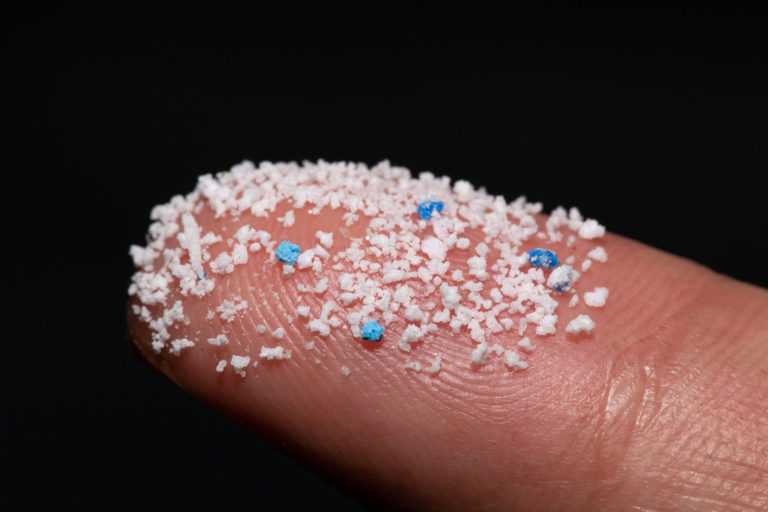
Microplasty: what are they?
The microplastica, are all those plastic particles whose diameter is less than five millimeters in diameter. Various studies have shown how these particles are now widespread in many environments, practically everywhere. There plastic is produced in many forms: bags, clothes, packaging material, construction materials, vessels, containers, tapes and fishing gear. Being non-biodegradable materials (i.e. metabolisable by living organisms), once abandoned in nature, they end up disintegrating. The causes are, for example, i ultraviolet rays, the wind, agents atmospheric, sudden changes in temperature and waves if they are in the sea. What remains of the deterioration are literally micro-fragments of plastic. Given the diversity of man-made plastic polymers and the many factors that determine their deterioration, it is difficult to say precisely how long a waste takes to become microplastica. To date we still do not know what damage they cause to human health and the environment.
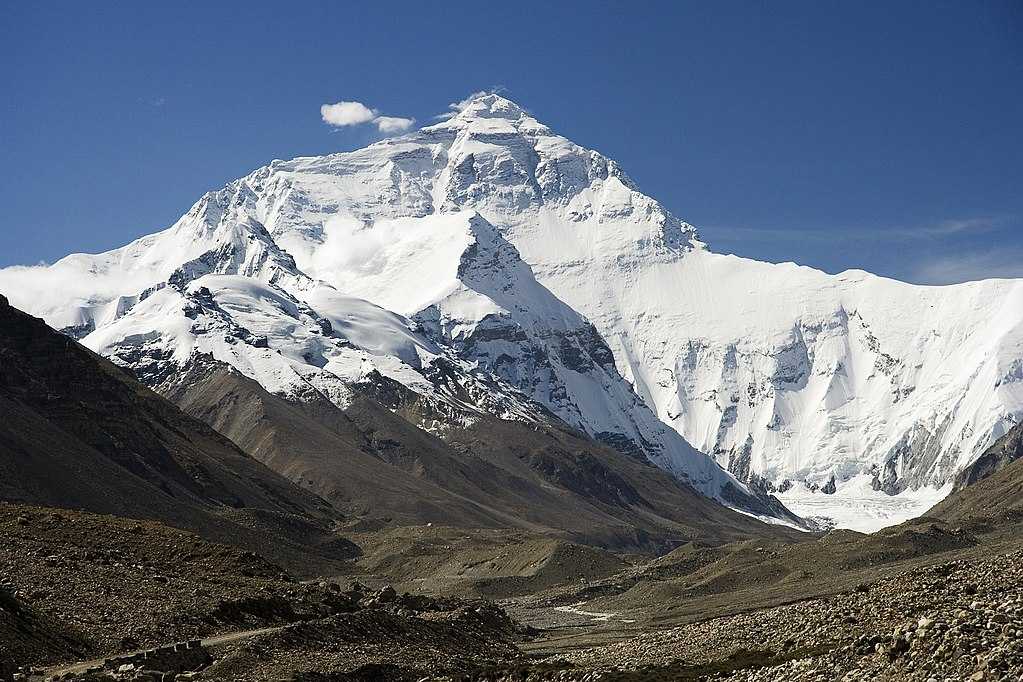
Up to the top of Everest
Researchers from National Geographic and the Rolex Perpetual Planet Everest Expedition have found evidence of pollution from microplastiche on the snow and in the streams of the Mount Everest. The results, published in One Earth magazine, showed surprising results. An average of 30 plastic fibers were found in the snow per liter. The highest concentrations are near base camp, where hikers spend most of their time, but the team also found microplastica at 8,440 meters above sea level, just below the peak. The most common fibers are based on polyester (the most abundant, present in 56% of the samples), polymers acrylics (31%), nylon (9%), e polypropylene (5%). The origins of these fibers appear to be i fabrics in the equipment of those who go to these peaks, in particular tents and clothes, rather than materials such as water bottles or other. However, the researchers do not rule out that some of these materials may also have come with winds and drafts.
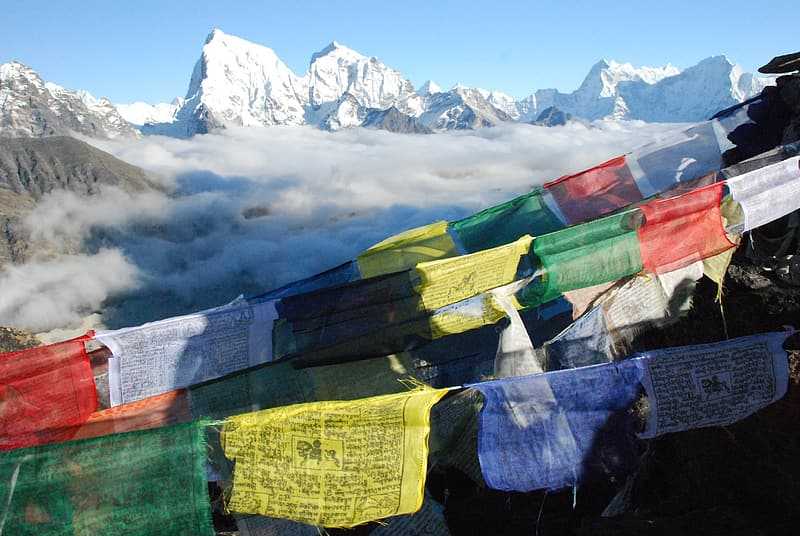
How to intervene?
Clean up the kind of and the waters of these environments appear too difficult a task. The local government has already prevented the use of single-use plastics and tightened environmental rules (such as the management of cigarette butts cigarette and the abandonment of materials). Taking advantage of the excursion block due to pandemic, the local government this spring-summer has gathered on the mountain slopes beyond 10 thousand kg of waste, many of which contain plastic. In addition, he introduced a deposit of 4,000 dollars, which the local authorities return only when, upon returning, the mountaineer proves that he has taken all his waste with him. However, the researchers suggest investments to develop stronger plastics. Plastics that when subjected to stress levels such as those that can be experienced in the mountains stop releasing microfibers. But it is clear that not only the high peaks would benefit from this development, but also the whole planet.
Follow us in our section sciences for other news!






